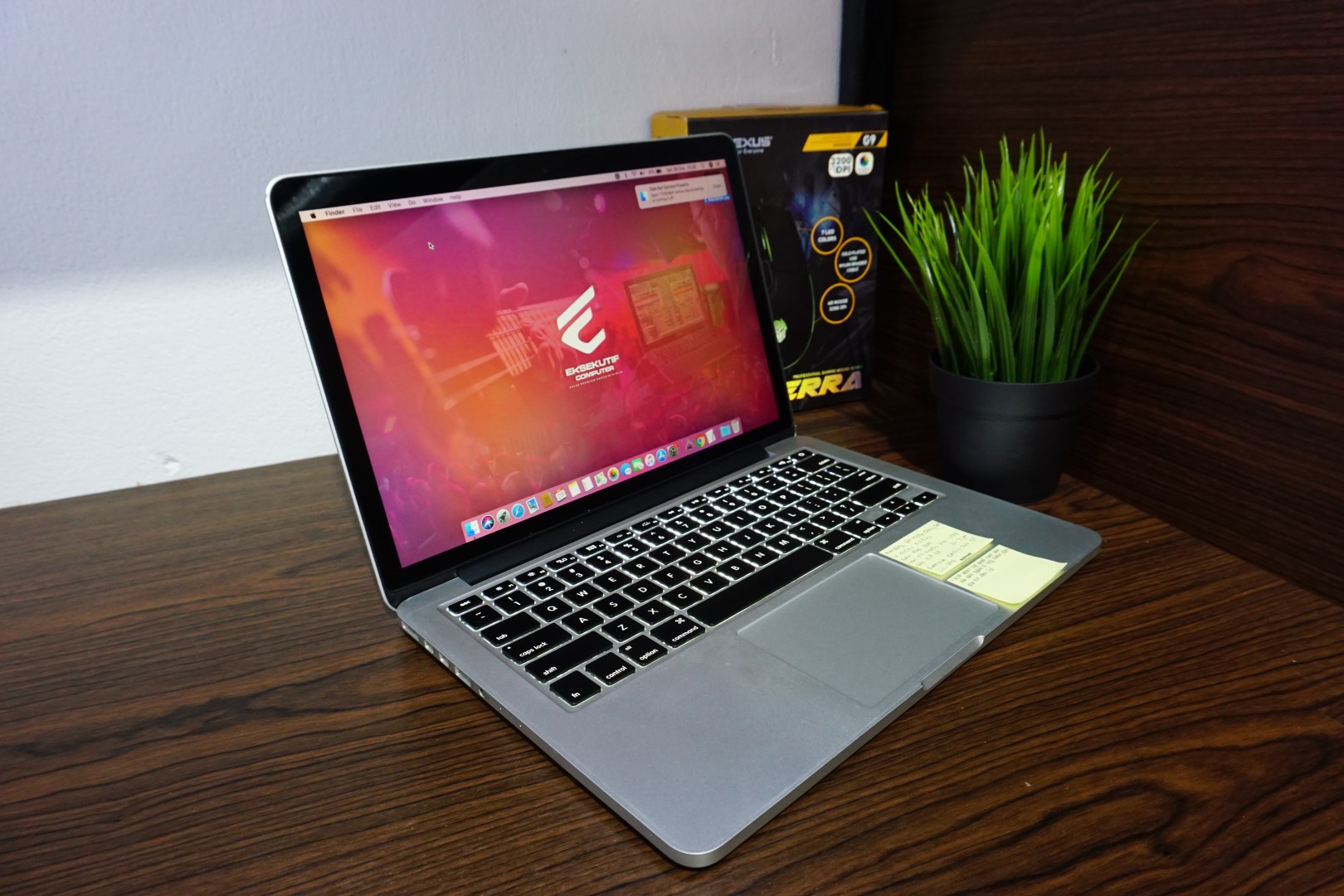

iOS 16 includes a new feature, currently available to users in the United States, that aims to decrease the carbon footprint of iPhone: Clean Energy Charging. In many places, electricity comes from clean sources like the sun or wind at certain times of day. And the transition to Apple silicon in Mac computers has significantly increased product energy efficiency - Mac mini consumes up to 60% less energy while in active use than the previous generation.


Apple devices consistently rank among the high-performing products rated by ENERGY STAR®. Software and power-efficient components in our devices intelligently manage the amount of power they consume. Designing products that require less energy is one of the major ways we can lower their carbon impact, even as they’re being used. The electricity our customers use to power their Apple devices makes up 22% of our carbon footprint and affects the carbon footprint of each customer. The second cohort of Impact Accelerator participants began in August 2022. By connecting innovators, both in our inaugural class and at Apple, we’re creating more opportunities for progress in our shared goals.

The three-month Impact Accelerator program includes one-on-one mentorship with Apple experts on topics like renewable energy and responsible sourcing. Many are focused on bringing clean energy, opportunity, and vital services to vulnerable and underserved communities. The businesses are based across the United States - from Silicon Valley in California, to Detroit, Michigan, to tribal nations in the Midwest - and are driving innovation in energy efficiency, solar, green chemistry, recycling, and other environmental areas. As part of Apple’s Racial Equity and Justice Initiative (REJI), this program helps combat systemic barriers to opportunity while advancing innovative solutions for communities most affected by climate change. In July 2020, Apple announced the inaugural Impact Accelerator program to support 15 Black-, Hispanic/Latinx-, and Indigenous-owned businesses at the cutting edge of green technology and clean energy to champion equity and opportunity in the environmental sector. Environmental solutions can help advance equity for these communities. Communities of color often bear the greatest impacts of climate change.


 0 kommentar(er)
0 kommentar(er)
